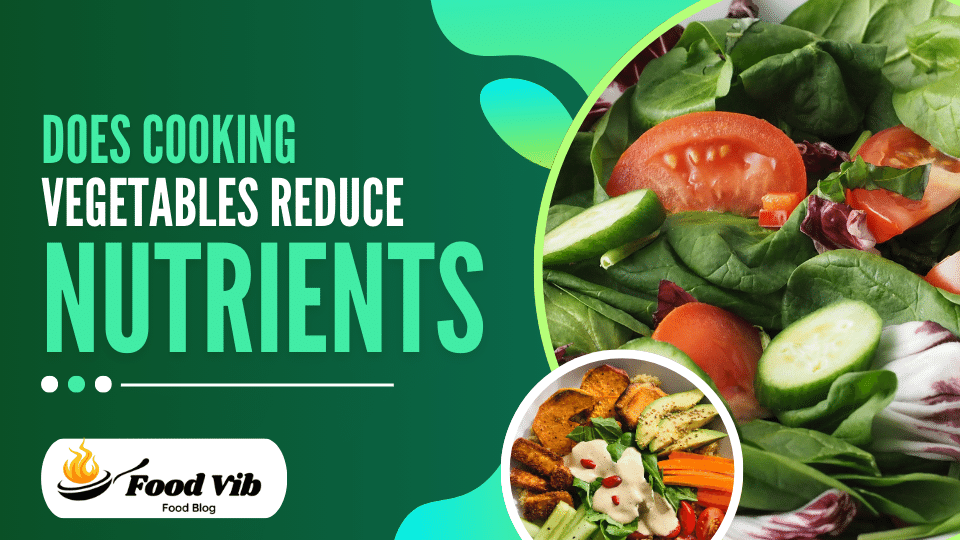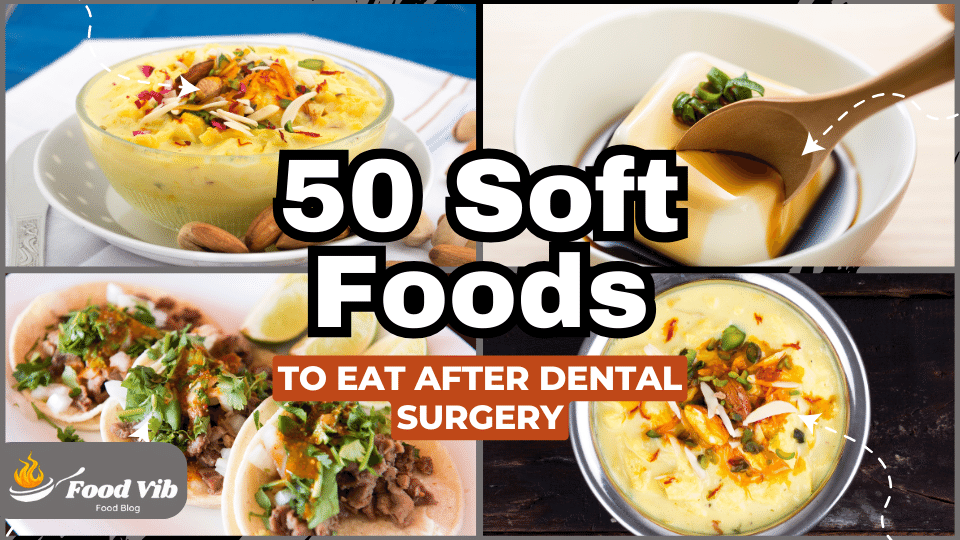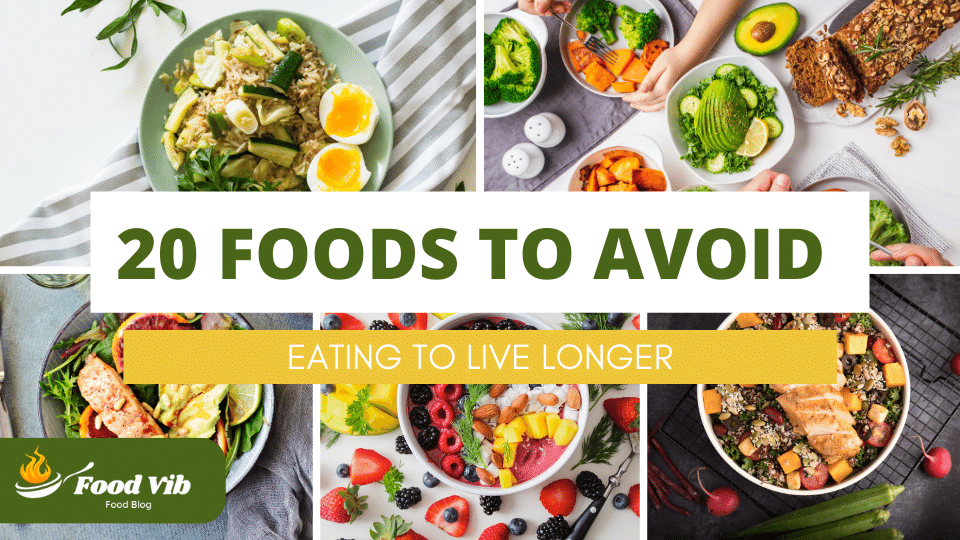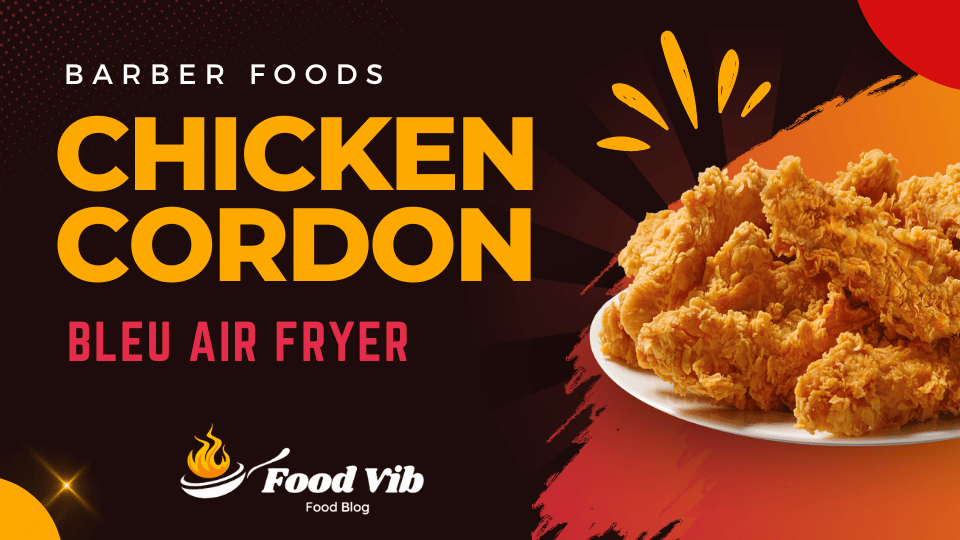List of Foods that Contain Carbohydrates

Carbohydrates are a basic ingredient present in a broad variety of meals, acting as a key source of energy for the body. From grains and fruits to vegetables and legumes, carbs include a diverse spectrum of nutritional staples enjoyed globally.
These macronutrients serve a critical role in feeding biological processes and sustaining general health, making their presence necessary in a balanced diet. Understanding the varied sources of carbohydrates may help people make educated decisions about their nutritional intake and improve their dietary patterns for prolonged well-being.

List of 15 Foods that Contain Carbohydrates
Carbohydrates, often called carbs, get a bad rap sometimes. But the truth is, they’re an important part of a healthy diet! They provide our bodies with energy, helping us run, jump, think, and do all the cool things we do. So, let’s ditch the confusion and explore the List of 15 Foods that Contain Carbohydrates packed with carbs, perfect for different meals and cravings:
For Breakfast Champions:
- Oatmeal: This thick goodness is a fiber hero, leaving you feeling full and energetic. Bonus points for topping it with fruit and nuts!
- Whole-wheat Toast: Ditch the white bread and opt for this fiber-rich option. Spread it with avocado or peanut butter for extra nutrients.
- Yogurt with Berries: A protein and carb mix! Yogurt keeps you feeling full, while berries add sweetness and vitamins.
- Banana Pancakes: Who can resist fluffy pancakes? Use whole-wheat flour and mashed bananas for a delicious and healthy change.
Lunchtime Powerhouses:
- Lentil Soup: Packed with protein and fiber, lentil soup is a filling and healthy pick. Add veggies for extra goodness.
- Brown Rice and Beans: A popular mix for a reason! Brown rice gives complex carbs, while beans offer protein and fiber.
- Sweet Potato and Black Bean Salad: This colorful salad is filled with vitamins, fiber, and antioxidants. Perfect for a light and refreshing lunch.
- Whole-wheat Wrap with Veggies and Hummus: Fill a whole-wheat wrap with your favorite veggies and hummus for a handy and filling lunch.
Dinner Delights:
- Quinoa Bowl with Roasted Vegetables: This protein-rich grain is a full source of amino acids. Pair it with roasted veggies for a bright and tasty meal.
- Whole-wheat Pasta with Marinara Sauce: Opt for whole-wheat pasta for complex carbs and pair it with a simple fresh tomato sauce for a cozy dinner.
- Baked Salmon with Roasted Potatoes: Salmon is rich in omega-3 fatty acids, while roasted potatoes provide important vitamins and minerals.
- Chicken Stir-fry with Brown Rice: Packed with protein and veggies, this stir-fry is a quick and healthy choice. Use brown rice for extra fiber.
Sweet Treats (Yes, Carbs Can Be Sweet Too!):
- Baked Apples with Cinnamon: A healthy and delicious snack. Top with nuts and a drizzle of honey for extra taste.
- Dark Chocolate: Not all sweets are made equal! Dark chocolate (70% cacao or higher) offers vitamins and modest carbs.
- Homemade Fruit Smoothie: Blend your favorite fruits with yogurt and milk for a refreshing and healthy smoothie.
Remember, the key is to choose complex carbs found in whole grains, fruits, beans, and veggies. These provide steady energy, fiber, and vital nutrients. So, enjoy the carb-tastic world and fuel your body with wonderful and healthy choices!
Must Read: Why Italian Food is the Best in the World
Discovering the Best Carbohydrate Sources

Carbs: often vilified, sometimes overindulged, but ultimately an important part of our diet. But with so many options, managing the world of carbs can feel confusing. Fear not, carb-curious friend! This piece is your help to finding the List of Foods that Contain Carbohydrates sources for your unique wants and goals.
First things first: Not all carbs are made equal. We can roughly categorize them into two groups:
- Simple carbs: Think sugary drinks, white bread, sweets. These get digested quickly, causing blood sugar spikes and crashes, leaving you feeling hungry sooner.
- Complex carbs: The heroes of our story! Whole grains, fruits, veggies, beans, and nuts fall under this group. They are packed with fiber, vitamins, and minerals, giving continuous energy and a wealth of health benefits.
So, what makes a “best” carb source? It depends on several factors:
- Your general health: Do you have any food limits or health conditions? Certain carbs might be better suited for special needs.
- Your fitness level: Athletes or physically busy people require more readily available energy sources, while someone with a more sedentary lifestyle might favor slower-digesting carbs.
- Your personal preferences: Taste and feel matter! Choose carbs you truly enjoy to ensure long-term nutrition commitment.
Now, let’s explore some top contenders in the complicated carb arena:
- Whole grains: Think brown rice, quinoa, oats, whole-wheat bread. These provide steady energy, fiber, and vital nutrients.
- Fruits: Nature’s candy! Packed with vitamins, enzymes, and fiber, they offer sweetness without the blood sugar surge of processed treats.
- Vegetables: Don’t underestimate the power of veggies! From sweet potatoes to fresh greens, they offer a wide range of vitamins, minerals, and fiber, keeping you feeling full and energized.
- Legumes: Beans, beans, and chickpeas are protein and fiber powerhouses, adding to gut health and giving steady energy.
- Nuts and seeds: These little nutritional gems are packed with healthy fats, protein, fiber, and important vitamins and minerals.
Remember, variety is key! Don’t get stuck in a food rut. Explore different choices within the complex food group to ensure you’re getting a wide range of nutrients and keeping your taste buds happy.
Bonus tips for picking the best Foods that Contain Carbohydrates:
- Opt for whole foods over processed choices. The closer a food is to its original state, the better!
- Pay attention to serving sizes. Even complex carbs can add to weight gain if overindulged.
- Pair your carbs with protein and good fats. This helps slow down processing and keeps you feeling full longer.
- Listen to your body. Pay attention to how different carbs make you feel and change your decisions accordingly.
With this gained information, you’re now prepared to handle the world of carbs with confidence! Choose carefully, fuel your body well, and enjoy the wonderful trip!
Must Read: The Secret to Perfectly Cooked Chicken Sausage
Tips for Balancing Carbohydrates in Meals
Carbs get a bad rap sometimes, but they’re actually an important source of energy for our bodies! The key is combining them in your meals, not dropping them totally. Here’s how you can become a carb ninja, learning the art of delicious and healthy plates:
1. Choose Wise Carbs:
- Think complicated, not simple: Ditch the white bread and sugary treats. Opt for whole carbs like brown rice, quinoa, whole-wheat pasta, and oats. They pack more fiber, vitamins, and minerals, keeping you fuller for longer.
- Veggies are your friends: Don’t underestimate the power of bright veggies! They’re naturally low in carbs and filled with good stuff like vitamins and fiber. Aim for at least half your plate to be filled with green goodness.
- Fruits in moderation: Fruits contain natural carbs, so enjoy them, but keep amount sizes in check. A handful of nuts or a small apple are perfect.
2. Pair Up for Success:
- Protein + carbs is a good combo: Carbs provide energy, while protein helps you feel full and grows muscle. Think grilled chicken with brown rice and veggies, or lentil soup with whole-wheat bread.
- Healthy fats join the party: Don’t shy away from healthy fats like avocado, nuts, and olive oil. They add taste, keep you feeling full, and support heart health. Add them to salads, drizzle them on veggies, or enjoy a handful of nuts as a snack.
3. Be Mindful of Portion Sizes:
- Use your hand as a guide: Your palm is generally the size of a healthy amount of carbs and protein. Fill another fist-sized space with veggies, and a small fruit fits in your cupped hand.
- Read food labels: Pay attention to portion amounts and calorie levels. This helps you watch your diet and make smart choices.
4. Get Creative in the Kitchen:
- Swap and substitute: Feeling adventurous? Try cauliflower rice instead of regular rice, or use zucchini noodles in your pasta dish. Explore healthy options that meet your needs.
- Spice things up: Herbs, spices, and tasty ingredients can make even easy meals interesting. Experiment and find combos you love.
5. Remember, Balance is Key:
There’s no need to fear carbs! By picking carefully, matching them with other nutrients, and practicing mindful eating, you can create healthy meals that fuel your body and taste great. Don’t worry about ideal, enjoy the trip, and listen to your body’s wants.
Bonus Tip: If you have specific health issues or food limits, contact a trained dietitian for personalized advice. They can help you build a carb-balanced plan that fits your unique wants and goals.
With these tips, you’re well on your way to becoming a carb-balancing pro! Remember, it’s all about making good choices that work for you and your body. Enjoy the delicious ride!
Must Read: Taste of Different Four Seasons Chinese Foods
Conclusion:
So, the journey through the wonderful world of carbs comes to an end! Remember, the “List of Foods that Contain Carbohydrates” isn’t about limits, but about learning the best carbohydrate sources that fuel your body and delight your taste buds.
While knowing what to avoid for low-carb needs is important, don’t forget that adding healthy carbs can actually boost your energy and well-being. Embrace the range of fruits, explore the secret gems in veggies, and remember, not all carbs are made equal! With this increased knowledge, you’re equipped to make informed choices and build a healthy diet that works for you. Happy looking!
Must Read: The Impact of Chinese Food on Your Sleep
FAQS ( Frequently Asked Questions )
How Can I Increase Carbohydrates in My Diet?
Choose nutrient-rich sources like:
Whole grains: Brown rice, quinoa, oats, whole-wheat bread, and pasta.
Non-starchy vegetables: Leafy greens, broccoli, peppers, asparagus, zucchini.
Fruits: Berries, apples, oranges, pears, kiwi, grapes.
Legumes: Beans, beans, chickpeas, peas.
Dairy products: Milk, yogurt, cheese (limited amounts).
Which Fruits Are High in Carbohydrates?
Fruits naturally contain sugar, so some are higher in carbs than others. Consider:
High-carb: Bananas, grapes, mangoes, bananas, dates, figs.
Moderate-carb: Apples, pears, oranges, berries, grapes, kiwi.
Low-carb: Watermelon, cantaloupe, honeydew, starfruit.
Are All Carbohydrates Bad for You?
Absolutely not! Complex carbs from whole grains, fruits, and veggies offer important nutrients and fiber, helping digestion, heart health, and energy levels. Simple carbs in refined grains and sugary treats lack nutrients and can contribute to health problems when eaten excessively.
Remember, balance is key. Focus on nutrient-rich carbs and enjoy them as part of a healthy diet!
Can you give me a list of carbohydrate foods?
There are endless things having carbohydrates! Here's a quick overview:
- Starchy vegetables: potatoes, corn, peas Grains: bread, pasta, rice, quinoa, oats
- Fruits: bananas, apples, berries, oranges Legumes: beans, lentils, chickpeas
- Dairy products: milk, yogurt, cheese Sugary drinks and sweets: soda, candy, cakes
What are carbs food to avoid?
Focus on reducing processed carbs, which offer little nutritional value. These include:
- White bread
- pasta
- rice Sugary cereals and morning bars Baked foods like cookies
- cakes
- sweets Sugary drinks
- juices
What foods are 15 carbs?
Many things have around 15 carbs based on serving size. Examples include:
- 1/2 cup cooked brown rice
- 1 small apple
- 1 cup berries
- 1/2 cup cooked lentils
- 1 slice whole-wheat bread
What is the number 1 carb to avoid?
There's no single "worst" carb, but highly processed and sugary choices are usually less helpful. Instead, focus on whole, raw carbs rich in fiber and nutrients.
What are 10 foods high in carbohydrates?
Here are 10 examples:
- White bread
- White rice
- Potatoes
- Corn
- Peas
- Bananas
- Grapes
- Dates
- Honey
- Sugar
What is the healthiest carb?
There's no single "healthiest" carb, as it relies on your food needs and goals. However, whole grains, fruits, and veggies are usually considered healthy picks due to their fiber, vitamins, and nutrients.
Is rice high in carbs?
Yes, rice is a source of carbs. Brown rice is higher in fiber and nutrients compared to white rice.
Which carb is bad?
No food is inherently "bad." However, highly processed and sugary carbs offer little nutritional value and can add to health issues when eaten in excess.
Which food has highest carbs?
Many factors affect carbohydrate quantity, including portion size and processing. Generally, prepared foods like sugary drinks and desserts are very high in carbs.
Remember, looking for a healthy diet with a range of calorie sources, focusing on whole foods, and practicing careful portion control is key. Consult a trained dietitian for personalized advice.






One Comment